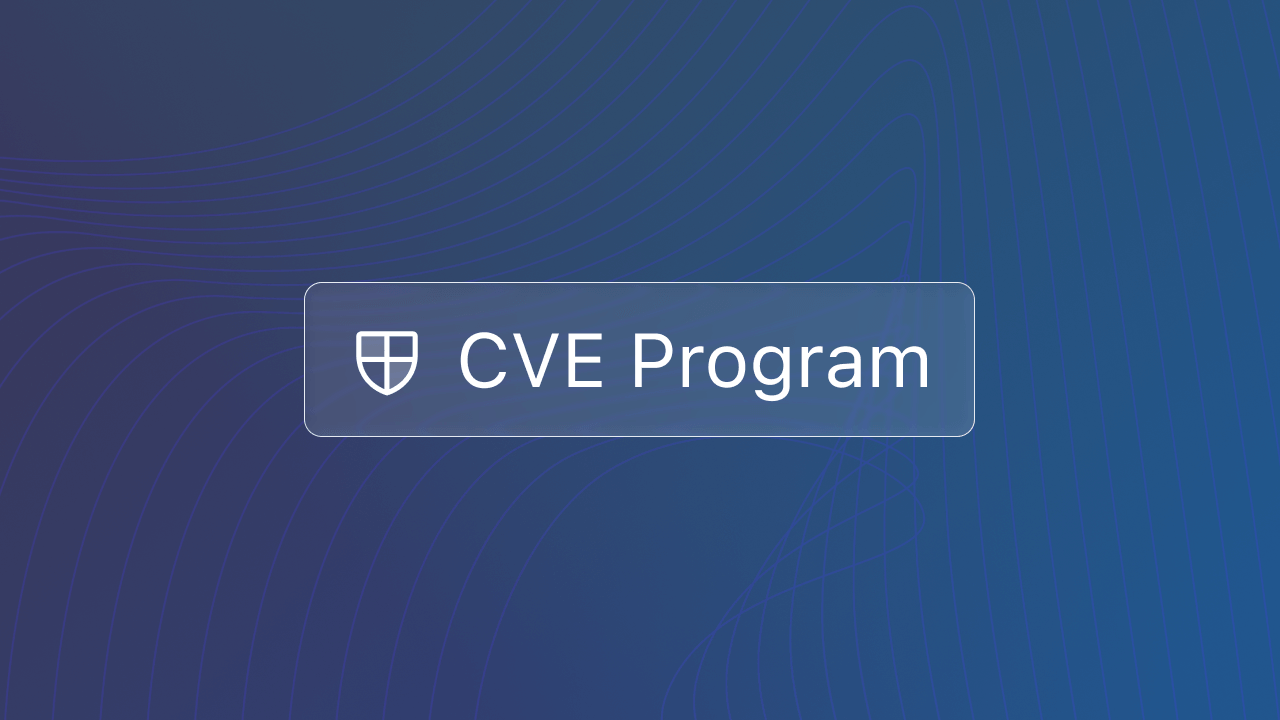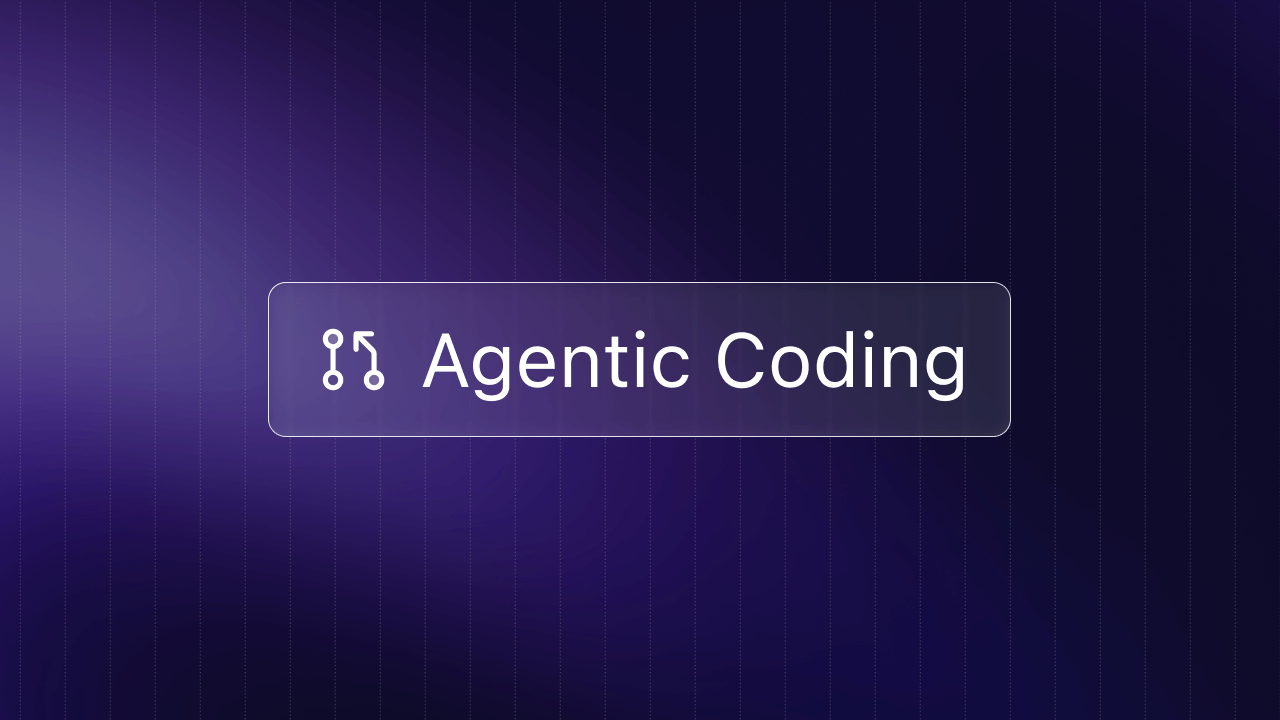Are your best songs for coding high tempo? Do you work best listening to happy songs? Will danceable music make you more productive?
The Software team has been hard at work building Music Time, our AI-powered DJ for developers that can make intelligent song recommendations based on what you listen to when you code.
Every song that you listen to can be analyzed based on its unique features—acousticness, danceability, energy, instrumentalness, liveness, loudness, speechiness, tempo, and valence. Each song is then given a quantified productivity score that describes how productive you were while coding during that particular song. Our recommendation engine then finds music with similar characteristics to the songs that help you code best.
With the Music Time code editor extension, you can also view a personalized breakdown of your music based on these features to learn more about your coding preferences. For example, you can create a chart that plots the energy of your coding music:

Want to know more about what these music features mean and how they sound? Let’s take a deeper dive into each of these metrics and look at a few examples.
Acousticness
Songs with higher acousticness are more likely to use acoustic and non-electronic instruments. Acousticness is measured on a scale of 0 (not acoustic) to 100 (very acoustic).
An example of a very acoustic song is “I Guess I Just Feel Like” by John Mayer, with an acoustic rating of 62:
An example of a song with low acousticness is “Blank Space” by Taylor Swift, with an acoustic rating of 9:
Danceability
Danceability quantifies how suitable a track is for dancing based on a combination of musical elements, like tempo, rhythm, and beat. Songs with higher danceability have stronger and more regular beats.
Like acousticness, danceability is measured on a scale of 0 (low danceability) to 100 (high danceability).
An example of a song with high danceability is “White Lines” by Grandmaster Flash and the Furious Five, with a danceability rating of 85:
Songs with lower danceability will have weaker beats and low rhythm stability. An example of a song with low danceability is “In this Moment” by Gavin Luke, with a danceability rating of 20:
Energy
Energy measures the perceived intensity and activity of a song. Energy is also measured on a scale of 0 (low energy) to 100 (high energy).
Songs with higher energy are more intense, dynamic, and loud. An example of a song with high energy is “Shake It Off” by Taylor Swift, with an energy rating of 79:
Songs with lower energy are slower and quieter with a narrower dynamic range. An example of a song with low energy is “when the party's over” by the Billie Eilish, with an energy rating of 11:
Instrumentalness
Instrumentalness predicts whether a track contains vocals. Instrumentalness is measured on a scale of 0 (likely contains vocal content) to 100 (likely contains no vocal content).
Songs with higher instrumentalness are less likely to have vocals. An example of a song with high instrumentalness is Hymn by Carl Stark Willgold, with an instrumentalness score of 96:
Songs with lower instrumentalness are more likely to include vocals. An example of a song with low instrumentalness is “Sixteen” by Ellie Goulding, with an instrumentalness score of 0:
Liveness
Liveness detects the presence of an audience in a song. Liveness is measured on a scale of 0 (no audience) to 100 (audible audience).
Songs with higher liveness are more likely to have been performed live. An example of a live song is the live recording of Crazy Train by Ozzy Osbourne from 1981, with a liveness rating of 99:
An example of a song not recorded live is “High Hopes” by Panic! At the Disco, with a liveness rating of 6:
Loudness
Loudness measures the decibel level of a song. Decibels are relative to a reference value, so songs with lower loudness values are quieter relative to the reference value of 0.
An example of a loud song is “Shut Up and Dance” by WALK THE MOON, with a loudness of -3.8dB:
An example of a quieter song is “Blessed” by Elton John, with a loudness of -12dB:
Speechiness
Speechiness measures the presence of spoken words in a song. Speechiness is measured on a scale of 0 (low speechiness) to 100 (high speechiness).
Songs with higher speechiness are mostly composed of spoken words, like poetry or a talk show. An example of a recording with high speechiness is “Elon Musk”, a standup routine performed by comedian Pete Holmes, with a speechiness rating of 96:
Songs with lower speechiness include stronger musical elements. An example of a song with low speechiness is “Burning” by Maggie Rogers, with a speechiness rating of 10:
Tempo
Tempo measures the beats per minute (bpm) of a song. Many popular songs range from 50 bpm to 200 bpm.
Songs with higher tempo have a faster pace. An example of a song with high tempo is “It's The End Of The World As We Know It (And I Feel Fine)” by R.E.M., with about 206 beats per minute:
Songs with lower tempo are slower with longer beats. An example of a song with low tempo is “How's It Going to Be” by Third Eye Blind, with about 80 beats per minute:
Valence
Valence measures the positivity of a song. Valence is measured on a scale from 0 (low valence) to 100 (high valence).
Songs with higher valence sound happier and more cheerful. An example of a song with high valence is “Despacito” by Luis Fonsi and Daddy Yankee, with a valence of 84:
Songs with lower valence sound sad, depressed, or angry. An example of a song with low valence is "1950" by King Princess, with a valence of 27:
Discover your personal music metrics
What does your music profile look like when coding?
Music Time is a plugin for your code editor that helps you unlock the power of your music metrics and coding data. Simply install the Music Time plugin, log in with Spotify, and code.
While you code, we automatically uncover your most productive music and make recommendations, just for you. When correlated with your coding habits, your music becomes a powerful tool to create a productive and happy working environment.





